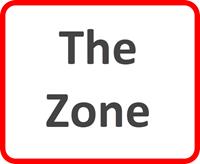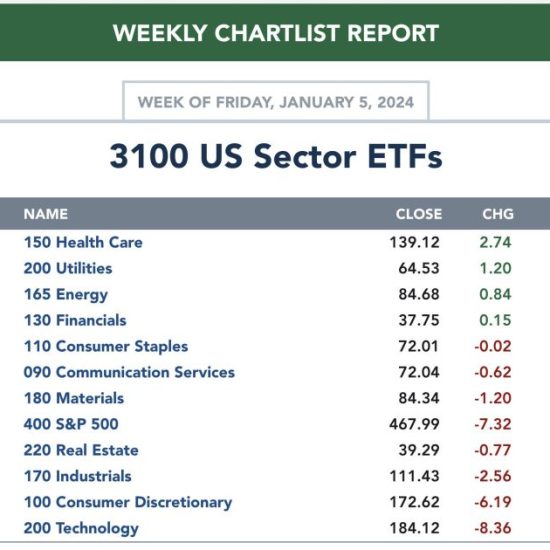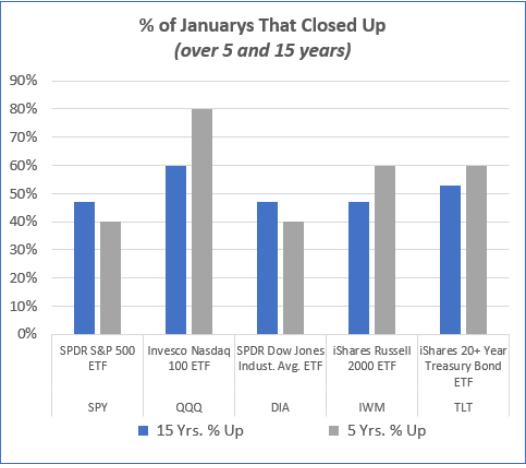The Hidden Consequences: How the Fed’s Fight Against Inflation Disproportionately Affects Black Workers Introduction: In the ongoing battle against inflation, the Federal Reserve’s policies have often been hailed as necessary measures to stabilize the economy. However, a closer look reveals that these policies have had a disproportionate impact on black workers. As the nation grapples with racial inequality, it is crucial to shed light on the hidden consequences of the Fed’s actions and advocate for a more inclusive approach. The Fed’s Role in Taming Inflation: The Federal Reserve, commonly known as the Fed, is responsible for maintaining price stability and promoting maximum employment. To achieve these goals, the Fed often resorts to raising interest rates, tightening monetary policy, and reducing the money supply. While these measures aim to curb inflation, they inadvertently exacerbate existing disparities within the labor market. The Racial Disparity in Unemployment Rates: Historically, black workers have faced higher unemployment rates compared to their white counterparts. This disparity is further magnified when the Fed tightens monetary policy. As interest rates rise, businesses face higher borrowing costs, leading to reduced investments and job cuts. Unfortunately, black workers are often the first to be laid off, as they are more likely to be employed in industries that are sensitive to interest rate changes, such as manufacturing and construction. The Impact on Wealth Accumulation: The Fed’s battle against inflation also has long-term consequences for black workers’ wealth accumulation. Higher unemployment rates mean reduced income and limited opportunities for savings and investments. As a result, black workers find it harder to build wealth and secure their financial future, perpetuating the cycle of economic inequality. The Role of Education and Skill Development: Education and skill development are often touted as pathways to economic mobility. However, the Fed’s policies can hinder black workers’ access to quality education and training. As budget constraints tighten, public schools and community colleges face funding cuts, limiting the resources available for marginalized communities. This further widens the gap in educational opportunities and perpetuates the cycle of economic disadvantage. Advocating for an Inclusive Approach: To address these hidden consequences, it is imperative for the Fed to adopt a more inclusive approach in its fight against inflation. Policymakers must consider the impact of their decisions on marginalized communities and actively work towards reducing racial disparities in the labor market. This could involve targeted investments in education and job training programs, as well as policies that promote diversity and inclusion within businesses. Conclusion: While the Federal Reserve’s battle against inflation is crucial for economic stability, it is essential to acknowledge the disproportionate impact it has on black workers. By shedding light on these hidden consequences, we can advocate for a more inclusive approach that addresses racial disparities and promotes economic equality. It is time for the Fed to recognize the systemic barriers faced by black workers and work towards creating a more equitable future for all.





